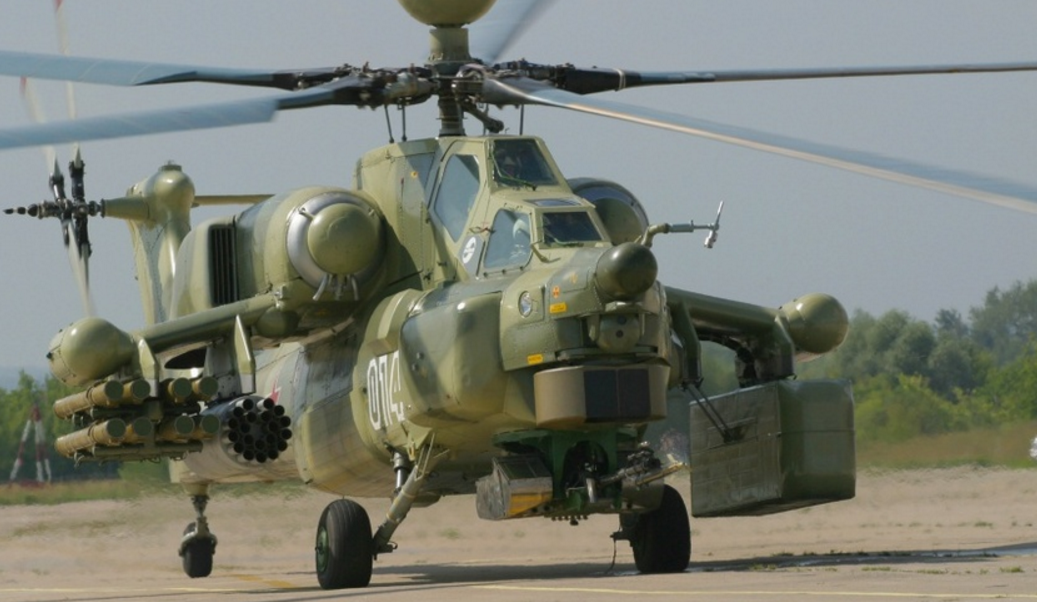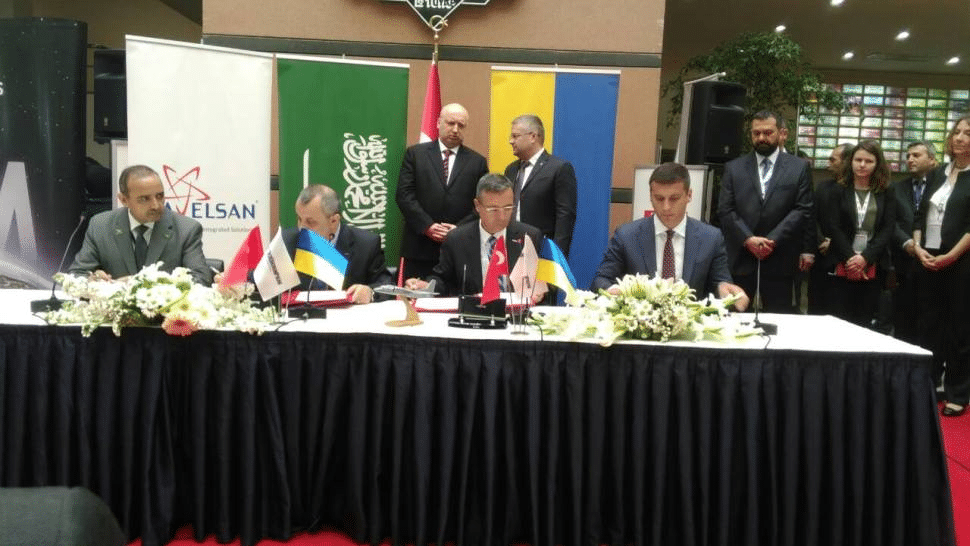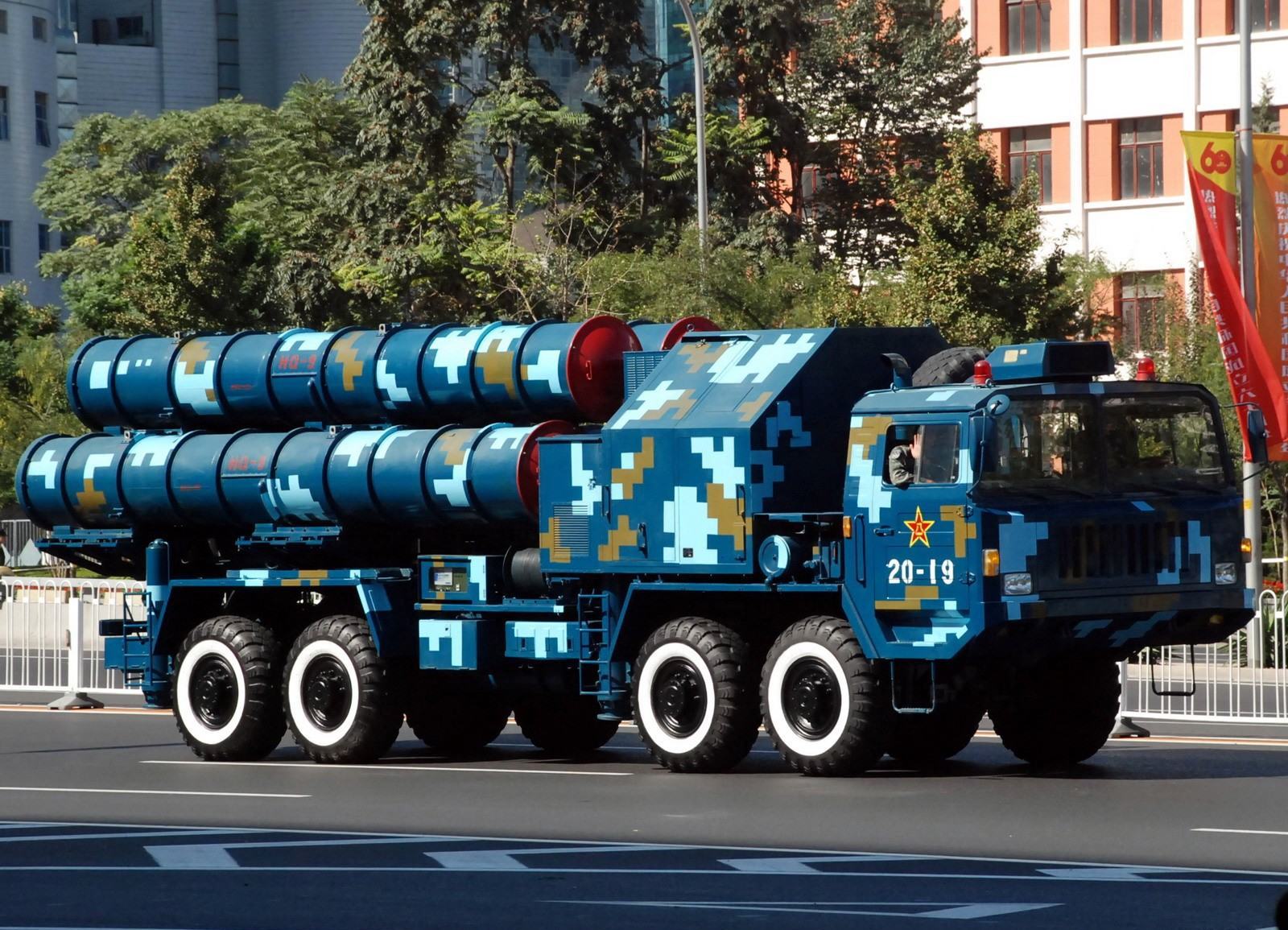2275Views 12Comments

Pakistan reiterates interest in Russian arms
A high-level Pakistani military official reportedly told the Russian news agency RIA Novosti and its foreign language arm Sputnik News that the Pakistani armed forces were interested in many Russian armaments, though it will procure in accordance to its budget (limitations).
As per the official, Pakistan is considering a follow-on order of Mil Mi-35 attack helicopters, four of which it ordered in August 2015. IHS Jane’s had reported that Pakistan could procure a total of 20 Mi-35s, but it appears that the type is being sought in small and gradually procured batches.
The first Mi-35 batch is scheduled for delivery in 2017.
Besides Mi-35, the official listed “tanks, helicopters, electronic equipment [and] air defence systems” of particular interest to Pakistan, the S-400 long-range surface-to-air missile (SAM) system in particular.
However, the official tempered the S-400 notion by stating, “it will all depend on our budget.” In October 2016, India signed a US $4.5 billion deal for S-400 systems. Turkey is currently in negotiations for the S-400 and Russian technical support for its own long-range SAM program.
The official also reportedly told RIA Novosti that Pakistan was in talks for the T-90 main battle tank (MBT), but noted that the Pakistan Army was still examining its armour options.
Interestingly, the official ruled out Pakistani interest in the Su-35, noting “today, Pakistan has no plan to purchase Russia’s Su-35 fighter jets.”
In September 2016, Pakistani officials purportedly told RIA Novosti that the Pakistan Air Force (PAF) was interested in the Su-35, though Rosonboronexport later clarified that negotiations were not taking place.
Notes & Comments:
Russia and Pakistan are building defence ties, but as noted earlier on Quwa, these relations are focused on counterinsurgency (COIN), internal security, and regional stability.
While Moscow may not be averse to Islamabad paying cash for fighter aircraft, it will not increase accessibility – via loans or credit – to these weapons for Pakistan’s sake. However, the official’s statements indicate that a broad range of hardware is – in principle at least – available to Pakistan.
Regarding the specific hardware mentioned, it should be noted from the onset that the S-400 is outside of Pakistan’s current and foreseeable fiscal capacity. In terms of multi-billion dollar purchases, Pakistan will likely put new combat aircraft, surface warships and helicopters well before a SAM system.
However, the forthcoming S-350 Vityaz, the origins of which stem from the KM-SAM program that Almaz-Antey developed in collaboration with South Korea, might interest Pakistan (if available). The S-350 can deploy the Fakel 9M96E2 missile, which reportedly has a maximum range of 120 km (Air Power Australia). The S-350 would be a direct competitor to the 120 km-range FD-2000, which is the export variant of China Precision Machinery Import-Export Corporation (CPMIEC)’s HQ-9.
In terms of the T-90, this could correlate with the Haider MBT program. Pakistan had sought the Haider MBT to complement the al-Khalid and al-Zarrar series in supplanting legacy T-59, T-69 and T-85IIAP. The Pakistan Army had evaluated several MBTs for the program, namely the KMDB Oplot-M from Ukraine and NORINCO VT-4 from China. The T-90MS could be a plausible option.
The Pakistan Air Force (PAF) was not able to secure an off-the-shelf fighter purchase in 2016, its push for eight new-built Lockheed Martin F-16C/D Block-52+ fell through from Washington’s refusal to provide Foreign Military Financing (FMF) support for the proposed deal. News reports had linked the United Aircraft Corporation (UAC) Su-35 and the Aviation Industry Corporation of China (AVIC) J-10 as alternate options.
It is not known if the PAF will pursue an off-the-shelf fighter. UAC did expand its product catalogue in 2017 by formally launching the MiG-35, which it is marketing as an affordable medium-weight fighter platform. However, it is not known if the PAF has or will show interest in the platform, though a unit-cost close to the US $45 million of the MiG-29M/M2 could be attractive. China ordered 24 Su-35s for US $2 billion.
Pakistan had reportedly expressed interest in the Mil Mi-28NE dedicated attack helicopter as well. As of today, the Mi-28NE has not been tested in Pakistan, so its place in the ongoing attack helicopter bid is unclear.
Overall, Pakistan’s scope of interest might be broad, but currently, its procurement is focused on the Mi-35. This is unlikely to ramp-up to bigger ticket arms in the near-term. However, if a major Russian system were to fit Pakistan’s fiscal capacity, then the prospect of a genuine long-term procurement roadmap is plausible, though what that system might be is speculation at best.



12 Comments
by Shershahsuri
In case Pakistan does not get F-16 on FMF then SU-35 is the best off the shelf solution as Su-35 is an advance twin engine TVC, long range fighter. It has superior avionics, superior maneuverability, good payload while in price still less than an F-16 Block 52 CD.
by Sami Shahid
Pakistan better buy S-300 and MIG-35 from Russia…also MI-35.
by jaguar
russia is baiting india by trying to use pakistan…. like they way they earlier used by using sputnik news claiming pakistan wants to buy su 35, soon they got 10 billion dollar arms order from panicked india.
Pakistan should use it’s card cleverly vis a vis india and russia. Whenever russia takes the name of Partisan india develops hysteria and out of fear india is willing to buy anything .
by Mazhar J
I agree, in the past Pak Army Chief and PAF Chief’s visits used by Russians to panic India, in result they got big orders. Same trend might happen again.
by truthseeka
what happened to your teeth?
by truthseeka
best is to make your own and rely on God and your own resources.
by Wajahat Shafi
Mig 35 has engine problm reported.and i wanna ask bilal that eat abt PAF optoon for J31 .to what extent Paf now interested?
by bill
PA has much better chances to get HQ9 with 120KM+ range along with latest sensors/radars. It may prove to be much sufficient to effectively cover all major cities and ports of Pak.
There is no sense in getting same SAM which your adversary has got.
by Shaheer Anjum
I’m in agreement with jaguar and Mazar, the fact all news are emanating from the Russian media lends credence to the notion of Russia sending signals to India in lieu of the rapidly growing military ties between India and the United States. Though India has matured beyond panic buying and can choose from whom it may purchase. On a side note that mi-28ne pictured above looks like Mickey mouse carrying a suitcase.
by Manju
Provided the annual budget is increased from current one($8billion).
by ahmria
Buying the Su-35 is a nice dream but the operating and maintenance costs would be a nightmare for Pakistan limited military budget. Operating a heavy twin engine fighter like the Su-35 would bring a massive capability increase in terms of the air force but such capability is not cheap and Russia has proven time and again with regards to India Su-30 MKI jets that they can be very unreliable in terms of quality control and spare parts logistic chain even if you have a signed contract with them. No use having Su-35s that have very low availability due to maintenance and spare parts shortages.
by Bilal Khan
Pakistan has put more effort in signing multi-billion dollar deals for submarines and, as of today, more attention on attack helicopters, surface warships and new fighter aircraft, yet has not driven as much momentum towards a long-range SAM, least of all the S-400.